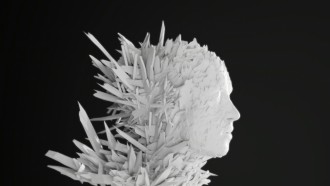Drones have suffered tremendously of late due in large part to growing FAA regulations. Luckily, DJI has its own lineup of aptly coined Mini drones, which weigh under the regulation limit of 250G. The firm's Mini 3 is the latest in the series, sporting a wider sensor, enhanced image quality, and more features, but is it worth the $400+ price tag?
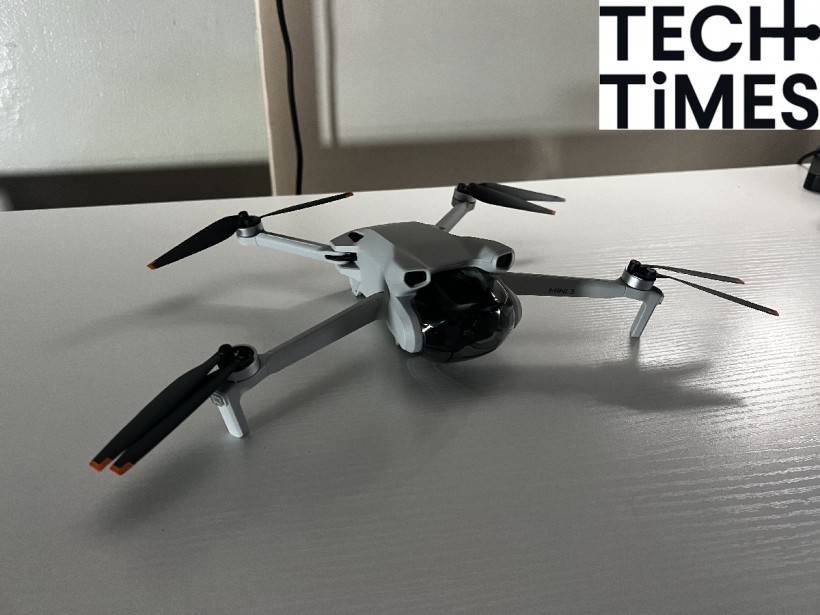
The Mini line has long been heralded as the perfect entry-level option for those looking to give drones a first try. But given all of these aforementioned regulations, it's hard to recommend newbies getting into drones without at least taking the TRUST test and knowing how best to operate a drone. The Mini 3 does have quite an extensive tutorial, but it won't give you the entire picture of drone flight and necessary safety precautions.
Those unaware of local FAA laws, weather conditions, and simple guidelines, like not flying over people or cars, may pick up DJI's Mini 3 thinking they can jump headlong into the pastime, but it takes getting used to. Sure, buying into the Mini 3 platform is one way to bypass FAA regulations, but you really should know what you're doing before picking up the product.
The DJI Mini 3, released in December 2022, boasts stellar upgrades over its predecessor, the Mini 2, but nothing in comparison to the more recent Mini 3 Pro. At 249 grams, the Mini 3 also doesn't do so well in strong winds and gusts but is surprisingly resistant for the tiny package it comes in. I was privy enough to test it across varied conditions and states, including New Jersey, New York, and Vermont.
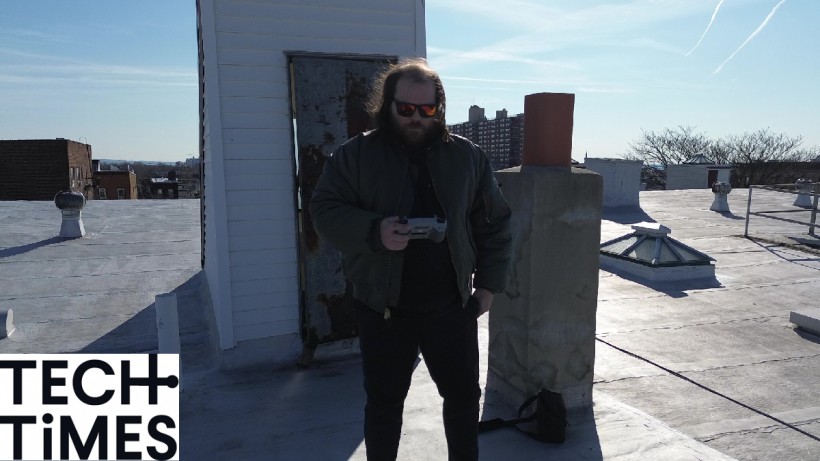
While in Vermont, about three weeks after receiving the product, I was flying on a hill with relatively sparse tree cover. Gusts were under about 19 mph, and, despite the fact that the Mini 3 gave word that takeoff was safe, it was immediately kicked up and hit a nearby tree. There was no time for me to take control, nor could I stop the drone mid-flight before it happened. It was a sad moment.
Luckily, the product proved only slightly damaged, with one of its rear wings broken, wires still intact, and propellers being a bit ripped up. This is why it's incredibly important to purchase DJI Care as soon as you receive your drone because accidents happen - especially with the Mini 3. Given its small size and lack of sensors, it's hard to really recommend this to newer fliers.
In fact, the Mini 3 Pro, in my opinion, would be a far better option to get for entry-level fliers. Still, others believe newcomers should get used to flying without such handicaps, but you can't predict everything. New users may find themselves concerned even in adequately good conditions, the stress of which can lead to mistakes, and it's borderline impossible to know exactly how nature is going to rear its head when on a shoot.

Related Article: DJI Launches Mini 3 Pro Drone: How and Where to Buy?
While the camera and stabilization features are impeccable on the Mini 3, I feel the lack of some additional sensors on the sides makes it hard to recommend - at least for newcomers. The Mini 3 Pro, for only a few hundred dollars more, allows for peace of mind across the board: both in terms of FAA regulation as well as in staving off potential crashes. Plus, you get a suite of additional features to boot, including active track, hyper-lapse, and 4k 60.
So, why was the Mini 3 made? Its sole crowning feature is the rolling social media camera mode, allowing users to turn the camera sideways in the 1080 by 1920 perspective. I find this to be an awesome new addition, one that made waves on the Pro model as well, but I don't think it makes a powerful selling point for the Mini 3 on its own. I rarely found myself wanting to use the vertical shooting method, plus it can't change perspectives while filming, so you only get vertical shooting or landscape - never both in one shot.
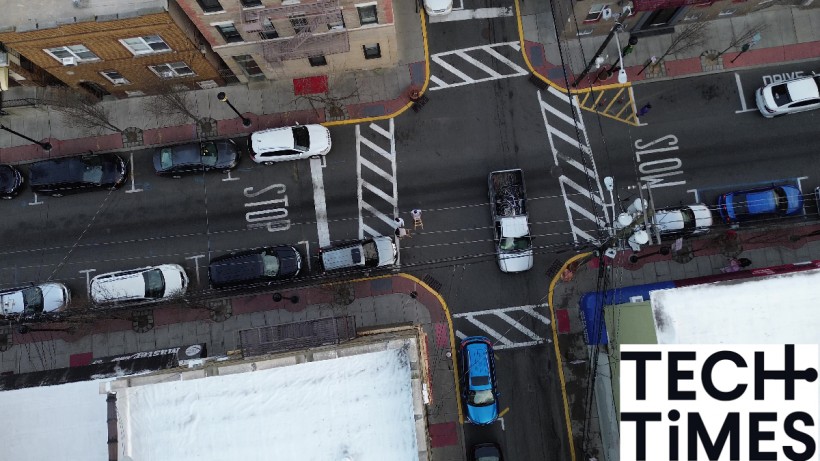
But it's hard to look past the brilliant system DJI has implemented here. The Mini 3 comes in a variety of packages, like a $609 one with the DJI RC remote or a version with the RC-N1 at just $469, but the absolute best package is the $798 Fly More combo, which comes with two additional batteries, the RC remote, and a two-way charging hub. It's a major investment and actually costs about as much as the Mini 3 Pro on its own.
My various flight tests proved to highlight how the Mini 3 is an impeccable photographic machine. With a 1/1/3-inch CMOS image sensor at 48MP, you're not going to be missing much detail in any of your shots, even those taken at night. In fact, despite my multitude of praise for the Mini 3 Pro in this review, I find the image quality on the Mini 3 to be just a bit better and punchier.
In my tests, depending on wind strength, I often got about 30-34 minutes of flight time. It's advertised for a bit more (at 38), but it's not always one-to-one. Additionally, the extended batteries also make that flight time go up even more, but at the cost of a higher weight limit. This means any Mini 3 with extended batteries will need to be registered, and users will have to be following local FAA regulations to the letter.

I clocked speeds with this device going as fast as 26 MPH, making it quite a beast even in the wind. And on that subject, the Mini 3 has a wind resistance of 10.7 meters per second, which is identical to the Air 2S. It's nothing to write home about, but it's certainly good for its small package. Barring my one mishap, I'd say even higher altitudes the Mini 3 can handle itself, but don't push it.
I can't stress enough just how awesome the DJI RC is, and really makes the Mini 3 such a well-rounded product. It helps to be able to swiftly switch from one mode to the next on the fly without any potential issues with one's phone screen, and the RC really gamifies the experience more so than its predecessor.
The Mini 3 comes equipped with a variety of different shooting modes, or quick shots, beyond the vertical option. These all come essentially standard on most newer models, like circle, rocket, dronie, and more. My personal favorite was the circle mode, as it offers the simplest movement for most aerial shooting, but the device is noticeably missing MasterShots, which is a bummer (and another reason why side and/or forward sensors would be nice on a base Mini 4).
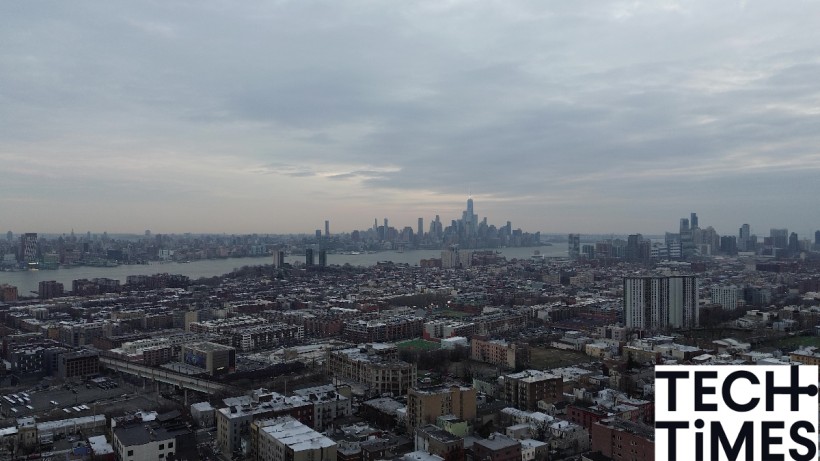
It's genuinely hard to complain about a product that has proven time and again to be at the top of its game. It might be overshadowed by its Pro iteration by a wide margin, but the Mini 3 still is a major accomplishment for its tiny size. On the Tech Times scale, I'll give the Mini 3 a praiseworthy 9 out of 10. I would like maybe front or side sensors on the next iteration and even an active track, which is sorely missing on the base model.
Pros
Cons
Vertical mode
No front/side sensors
QuickShots
No 4K/60
Image quality is at its very best
Upgraded batteries make you sacrifice weight limit
FlyMore Kit gives you everything you need and more
No hyper lapse or Active Track
Can't handle wind as well as others
Read Also: DJI Mini 3 vs. DJI Mini 3 Pro: Should You Get the New Cheaper Drone?




